
TEACHING ENGLISH
ONE-TO-ONE
Teaching English One-to-One
Also available in the Teaching English series:
| Teaching English One to One | ISBN 1-898789-12-3 |
| Teaching English with Drama | ISBN 1-898789-11-6 |
| Teaching English with Information Technology | ISBN 1-898789-16-1 |
| Lessons in Your Rucksack | ISBN 1-898789-14-7 |
| Guide to English Language Teaching | ISBN 1-898789-17-8 |
For full details of all our books and our range of magazines for teachers and students, including:
English Teaching Professional
Modern English Teacher
Visit our website:
www.pavpub.com
TEACHING ENGLISH
ONE-TO-ONE
Priscilla Osbourne

Teaching English One-to-One
Published by: | Pavilion Publishing and Media Ltd
Rayford House
School Road,
Hove, BN3 5HX |
First published 2005 by Modern English Publishing Ltd |
Tel: | +44 (0)1273 434943 |
Fax: | +44 (0)1273 227308 |
Email: |
Website: | www.pavpub.com |
David Gordon Smith and Eric Baber, 2005
All rights reserved. No part of this publication may be reproduced in anyform or by any means without the permission of the publishers.
British Library Cataloguing-in-Publication Data
A catalogue record for this book is available from the British Library
ISBN 978-1-909810-26-6
Design by Navigator Guides
Editor Helen Jennings
Cartoons by Steve Midgley
Contents
Dedication
To my parents with love
Thanks
Id like to thank Helen Mattacott for giving me the opportunity to write this book in the first place.
A big thank you to all my colleagues at Regent London, not only for giving me ideas and suggestions for different aspects of this book, but also for their tolerance. I am particularly grateful to Bette Bowling for her ideas about teaching teenagers, to Brendan Maye and Danny Norrington-Davies for information about homestay teaching and to Michael Bundy and Gemma Smith. The various forms used throughout the text are based on those used at Regent London, for which also many thanks.
I greatly appreciated the time, help and enthusiasm of all the homestay teachers working for Regent who talked to me in the preparation of this book. Thank you also to Stephen Cutler of London Life English, Inspiral Learning, for his contribution to my understanding of homestay teaching.
Betka Zamoyska and Genny Claret gave me very useful tips for teaching teenagers. Thank you.
And finally I am completely indebted to James Schofield and Janette Schofield for their help, useful comments, patience and tact.
One-to-one teaching often affords the teacher a satisfaction that can be difficult to achieve when teaching a group: the student obviously learns from you, but you can also gain a great deal from your interactions with him or her. Given the right kind of student, the time you spend in the classroom can be extremely enjoyable and you may have the privilege of teaching exceptional human beings. There is also the satisfaction of helping your student to progress very quickly, since this individual approach allows you to target the students exact linguistic requirements and to focus upon these in a manner that is not possible in the group classroom.
The ideal one-to-one language learner would be courteous, open-minded, creative, dynamic, an original thinker, and so on. But of course, there is no such thing as the perfect language learner, and the nightmare student can be even more of a nightmare in a one-to-one scenario! In short, one-to-one teaching can encompass the best and the worst aspects of teaching. With the right teaching techniques and approach, though, we can minimise the difficulties and turn the experience into a positive and enjoyable challenge. We may even find that the nightmare student turns out to be charming to teach, once we get to know the individual and understand what teaching methods he or she will respond to.
This book contains many tried and tested suggestions for managing your students and your teaching time, on both a personal and a pedagogical level, so that even when the circumstances are less than ideal you can make the one-to-one teaching experience a rewarding and productive one.
In this chapter we will discuss:
 the main difference between teaching one-to-one in the past and nowadays;
the main difference between teaching one-to-one in the past and nowadays;
 the differences between one-to-one and group tuition;
the differences between one-to-one and group tuition;
 how to be successful at teaching one-to-one (including creating a good first impression).
how to be successful at teaching one-to-one (including creating a good first impression).

Until a few years ago, teaching one-to-one could be a nightmare for the teacher. Many students who sign up for one-to-one classes have very specific needs, which in the past were often impossible for the teacher to fulfil, or required a great deal of time and effort. This used to be one of the most difficult aspects of one-to-one teaching. Since the 1990s, the Internet has revolutionised teachers lives with material from the web, designed for both language students and the wider public, readily available for classroom use. But the Internet has been even more of a godsend for one-to-one teachers, particularly teachers dealing with executive students. (See Definition of Terms.) Today, all the teacher needs to do is enter the key words into a search engine and there, by magic, is a mass of information.
Now that one of the principal barriers lack of materials has been removed, the teacher is free to concentrate on the heart of one-to-one teaching, namely building the relationship between teacher and student.
Definition of Terms
Executive student: In this book executive student refers to a business
English student who already has job experience.
Differences in teaching groups and one-to-one
The main difference between group and one-to-one teaching is that in the latter you can devote 100% of your attention to every aspect of a single students requirements; all elements of the course depend upon this individual. More specific ways in which one-to-one instruction differs from teaching groups are discussed in this section.
The teacher/student relationship
Two students in a class is a group, albeit a tiny one, and most group classes are far bigger than that. But even in a group of two, the student only gets 50% of the teachers attention. Although learning a language one-to-one can be extremely tiring, students usually bask in the teachers undivided attention. Individuals who like constant attention may not function well in a group, but often find one-to-one lessons very satisfying. Students who are difficult in a group situation can be charming when they no longer have to share the teacher. This means that the teacher has a good start when teaching one-to-one in that students normally have a positive attitude to the classes (unless they are being forced to take the lessons or have had negative experiences in the past).
Next page




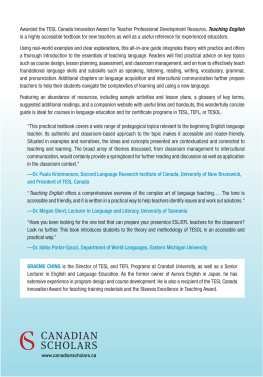
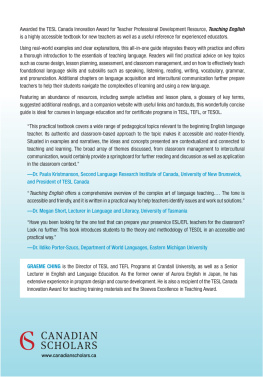
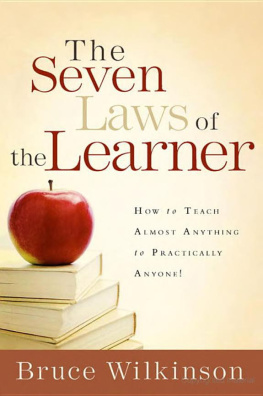
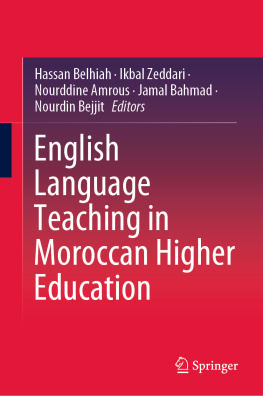
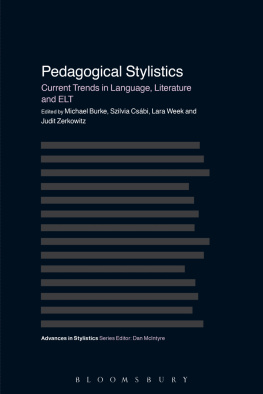

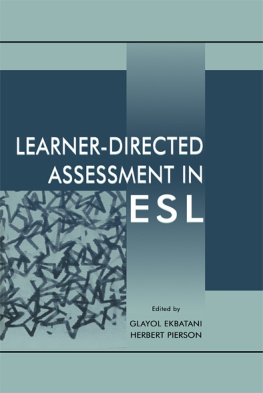


 the main difference between teaching one-to-one in the past and nowadays;
the main difference between teaching one-to-one in the past and nowadays;